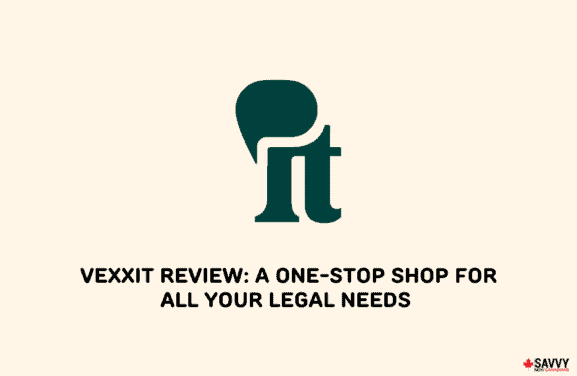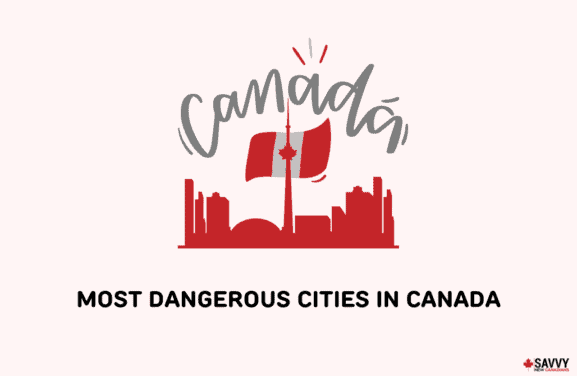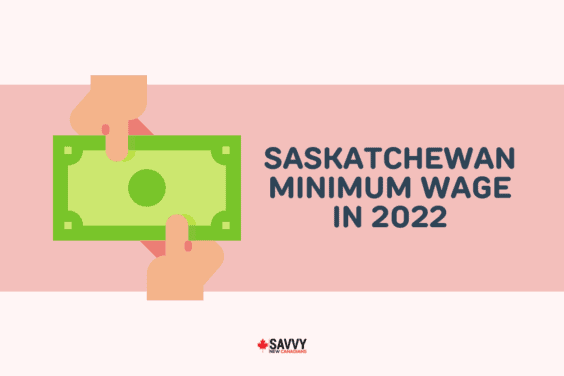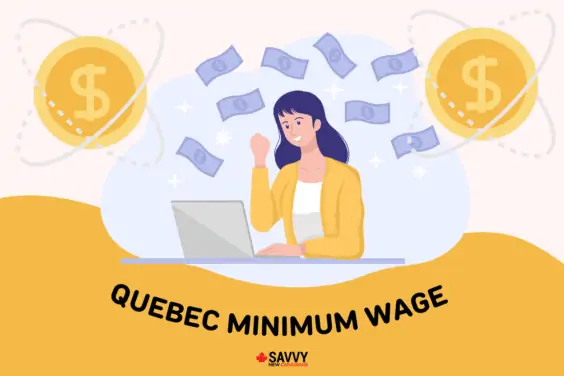Tucking your monthly income into several cash envelopes might sound old school, but the cash envelope system has long proven itself to be an effective budgeting method, even for complete beginners.
As this system physically restricts you from spending more funds than you’ve initially budgeted for each expense, it ensures you won’t exceed your monthly budget even if you don’t consciously track your expenses.
This article covers everything you need to know about the cash budget envelope system, including how it works, the common envelope categories, and the top tips to guarantee success in this budgeting challenge.
Key Takeaways
- Only include cash envelope spending categories that can vary monthly. Rent or insurance bills, for example, typically remain the same every month, so no extra budgeting is necessary for them.
- Some of the best tips to succeed in the cash envelope system challenge are to find an accountability partner, always keep track of how much money you have left, and start with easily achievable budgeting goals.
- YNAB and Goodbudget are two platforms that offer digital cash envelope system services.
The Cash Budget Envelope System Explained
The cash envelope system, also known as cash stuffing, is a budgeting method that requires you to cash out and portion out your monthly budget into envelopes designated to your specific spending categories.
After you’ve stuffed your allocated budget for each category’s money envelope, you should limit yourself to only spending that maximum amount.
Once you’ve already spent all the cash allocated to a specific envelope, you won’t be able to spend any more in that category until the next budgeting period, forcing you to spend wisely and value every financial choice.
How the Cash Envelope System Works
Before you implement the cash envelope system, ensure you know exactly how much your monthly income is from all your income sources.
After that, simply follow these simple steps, and you’ll be on your way toward an effective budgeting strategy.
Step 1: Decide on a budget
Of course, there’s no one-size-fits-all budgeting approach for everyone. But many have found success in following the 50/30/20 budget rule, where you allocate 50% of your money to your needs, 30% of your income to your wants, and the remaining 20% to your savings.
Should 20% savings be your limit?
As much as possible, this ratio should only be your starting point. It’s always better to have more savings, so try to reduce your expenses or boost your income source to increase your savings ratio.
Step 2: Create your cash envelope system categories
The categories can be as vague or specific as you need them to be. However, when I did the money envelope challenge myself, I found that the more specific you are at labelling your expenses, the better your chances of success.
For example, instead of lumping all your entertainment-allocated cash into one envelope category called “Leisure/Fun,” consider dividing the money into more specific categories such as movies, concerts, or shopping.
By doing so, you’ll avoid spending all your money on one activity when you’re still craving to enjoy other pursuits in that category.
Note: Fixed expenses, such as your payments for insurance, car, or mortgage, are typically not included in the system categories as they remain constant each month. So, calculate how much your fixed expenses are every month and deduct that from the total income or budget amount.
Step 3: Budget for each category
Once you’ve decided what categories you’ll create envelopes for, divide your overall budget among these expenditures.
If you’re unsure how much you’ll need for each category, I recommend tracking your spending patterns first, including every dollar, and distinguishing necessities from unnecessary expenses.
From there, you can determine a budget that saves you money but doesn’t sacrifice your quality of life.
Step 4: Stick to your budget
At this point, all you need to do is ensure that you only spend the cash you’ve allocated for each category. Don’t dip into funds from your bank, and avoid transferring money from one envelope to another.
As long as you stick to the allocated amounts, you’ll automatically reach your savings goals.
Common Cash Envelope System Categories
There’s no one-size-fits-all rule as to what and how many spending categories you should include in your cash envelope system. Some use very general categories, such as their Wants, Needs, and Savings, while others specify up to 20 categories for this system.
Based on experience, I would say it’s best for beginners to use between 5 to 10 categories.
So, to guide you in identifying the spending categories you’ll use for this budgeting method, here are the 10 most common cash envelope system categories used:
- Groceries
- Transportation
- Non-fixed utility bills
- Entertainment
- Medical Needs
- Personal Items
- Pet funds
- Shopping
- Savings
- Miscellaneous
Related: The 52 Week Savings Challenge
Tips On How To Start the Cash Envelope System
Want to ensure that you’re successful in starting the cash envelope system? Let me share the tips that I personally found helpful during this challenge.
- Find an accountability partner: Reach out to a trusted friend or family member and declare your intentions to start the cash envelope challenge. Having a support system makes it easier to commit to your goals and avoid impulsive money-spending ventures.
- Go easy on yourself the first time: If this is your first budgeting challenge, cut yourself some slack on the first month. It’s better to save small amounts than not being able to continue if you set yourself up for failure by setting unrealistic standards early on.
- Keep track of how much money each envelope has: You don’t want the unpleasant surprise of not having funds left for certain categories when it’s only halfway through the month.
Cash Envelope System Printables
There are many printables specifically crafted for the cash envelope system available online. Some help you track your expenses for each envelope, while others help you budget how much money to allocate to your wants, needs, and savings for this challenge.
I found printables to be a huge help in staying organized throughout this saving method. If you also want a helping hand in making saving money less complicated, you can check out our fully customizable, simple, yet effective printable budget planners.
Alternatively, you can explore printables in marketplaces that accommodate digital products, such as Etsy.
What is the Digital Cash Envelope System?
Although the cash envelope system is traditionally implemented using cash, many applications currently support the envelope budgeting method digitally. YNAB and Goodbudget, for example, are budgeting apps that allow you to allocate specific amounts of money to certain spending categories.
YNAB automatically imports your financial transactions to your account and is generally easy to use. Goodbudget is the cheaper alternative as it offers a free plan but requires you to input your transactions manually.
Pros and Cons Of Envelope Budgeting
Pros:
- Encourages you to track your spending habits.
- Its straightforward approach to budgeting makes it perfect for beginners.
- Helps you avoid debt and overdraft fees that might come with debit and credit cards.
Cons:
- The traditional, cash-only model of this budgeting method can be inconvenient when making online transactions.
- Not every establishment accepts cash as a mode of payment.
Should You Use the Cash Envelope System?
Whether you should use the cash envelope system depends on your financial habits, spending patterns, and preferences.
This straightforward approach is perfect for those who don’t want to limit their spending without relying on digital tools. However, it might not be the best budgeting method for those who prefer cashless transactions and digital budgeting.
I recommend trying this challenge once and seeing for yourself whether it’s something you can see yourself doing in the long run.
Become a Budgeter and Improve Your Finances
Living paycheck to paycheck? Use these printable budget planners to get your finances back on track. They will help you understand how your income is spent and make it easier to allocate funds to pay off debt, save, and invest. These planners take the chore out of budgeting and make it so much fun!
Here’s what you get:
- 7 beautiful printables, including:
- Bi-weekly and monthly budget planners
- Financial goals trackers
- Debt snowball tracker
- 70/20/10 budget planner
- 50/30/20 budget planner
- Financial habits tracker
- Sample templates
Visit our shop to get your copies.
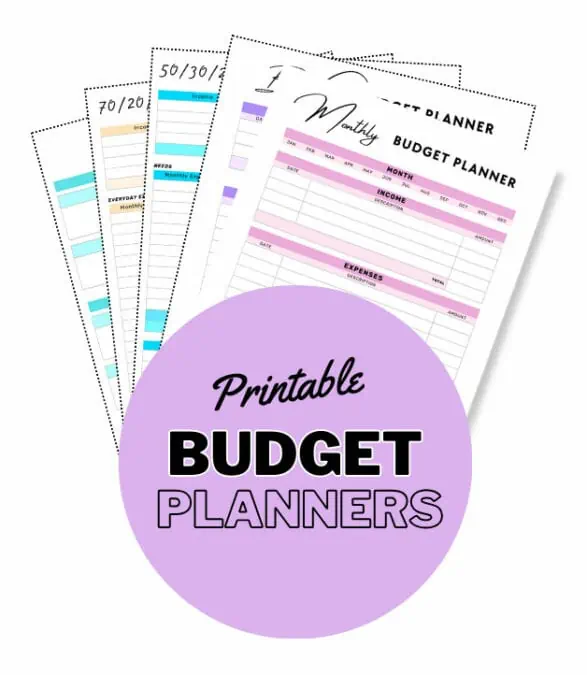
The 50-30-20 rule is a savings guideline that suggests you allocate 50% of your income for your needs, 30% for your wants, and the remaining 20% for your savings. It’s one of the most recommended budgeting approaches, especially for beginners.
The downside of the traditional cash envelope system is that it relies on using only cash, which is not ideal for online bookings and for spending large amounts of money. For some people, it can also be inconvenient to manually take out cash from multiple envelopes every day.
Absolutely. There’s no harm in putting your money in an envelope, provided you store it in a secure location. If you have safety concerns, consider restricting the amount you place in envelopes to only cover your weekly or bi-weekly expenses.
Fixed monthly payments, such as your rent or car insurance, do not need to be included in your cash budget. They remain unchanged every month, so you won’t be able to overspend in those categories even without dedicated envelopes.
Related:
